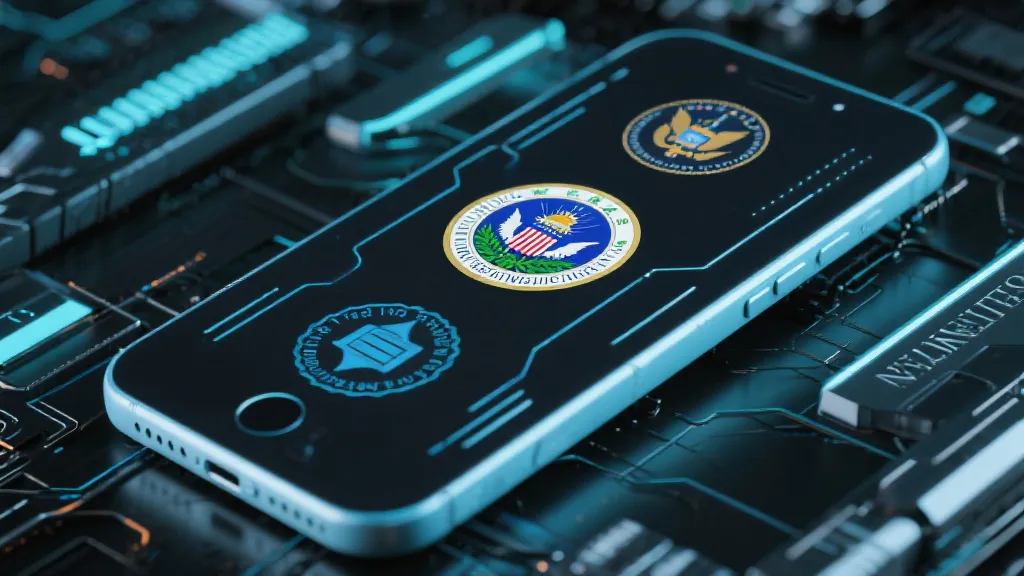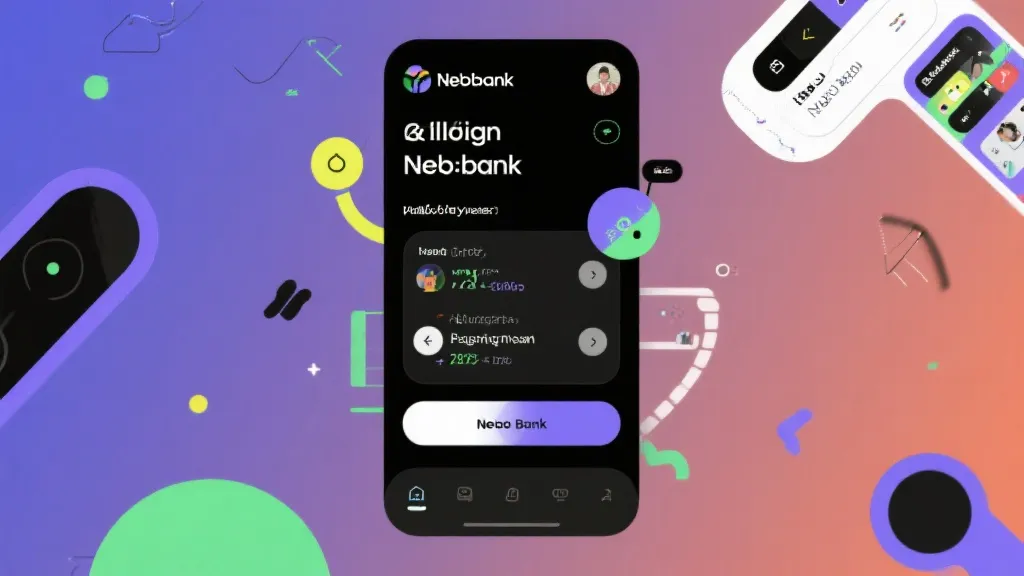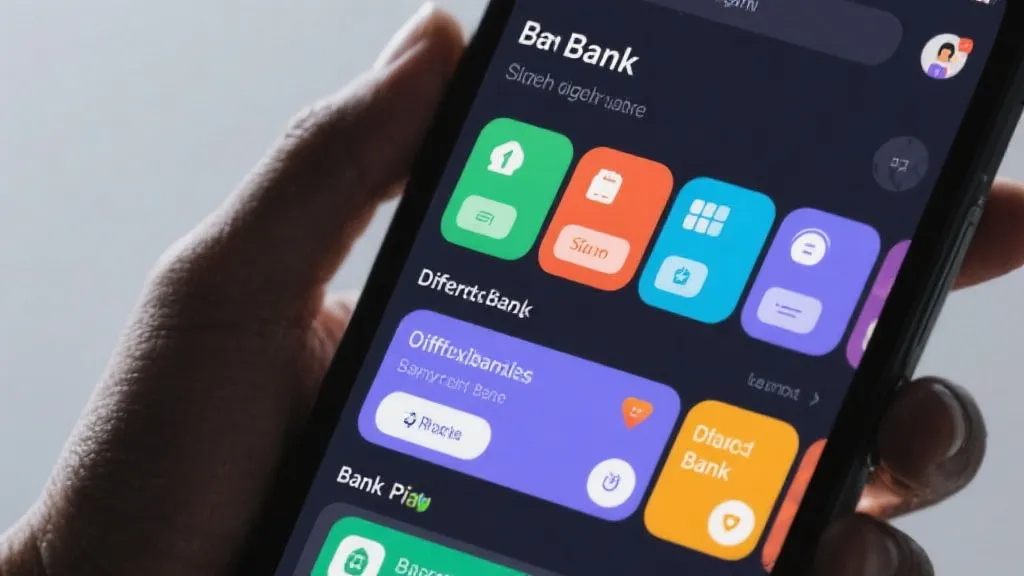Government phone programs, such as SafeLink Wireless, offer essential telecommunication services to low-income households, providing devices and plans at reduced costs. SafeLink Wireless, part of this initiative, provides various benefits to eligible users, ensuring connectivity regardless of economic challenges. This article delves into these programs, application processes, and eligibility criteria.

Government phone programs in the United States serve a crucial role by ensuring that low-income families and individuals remain connected, a necessity in today's digital age. In an era where communication is fundamental to accessing services, employment opportunities, healthcare resources, education, and social interactions, these programs fulfill a vital societal need. Companies such as SafeLink Wireless, Assurance Wireless, and others have partnered with government initiatives to deliver essential telecommunication services. These programs are designed not only to provide phones but also to offer flexible plans that encompass unlimited texts, calls, and data based on participants' needs and eligibility.
The importance of these programs extends beyond mere convenience. They are a lifeline for many benefiting from such programs, providing critical access to emergency services, community support systems, and information channels that facilitate a more connected life. For many low-income individuals, owning a smartphone is not just about having a communication device; it is also about having access to job listings, online education, and telehealth services. As our society increasingly relies on digital connections to navigate daily life, ensuring equitable access to communication tools becomes ever more important.
SafeLink Wireless, available at www.safelinkwireless.com, stands as one of the premier providers in the government phone program sector. Established to help eligible customers gain access to basic communication, SafeLink offers affordable smartphones or the option to bring your own device. Understanding their services is critical for potential subscribers. Depending on the subscriber's location, unlimited text, calls, and data plans may vary, with different states often having tailored offers based on local regulations and demand.
What sets SafeLink apart is its commitment to provide not just phones, but a full suite of telecommunications services aimed at enabling its users to operate seamlessly in a digital environment. With an emphasis on customer service, SafeLink provides assistance for users in navigating their plans and understanding their benefits. This becomes especially important for those who may not be tech-savvy, ensuring they can utilize their devices to their fullest potential. Moreover, SafeLink frequently upgrades its technology, providing users access to the latest smartphone options, which enhances user experience considerably.
Many telecommunications firms participate in government phone programs, each with unique offerings, pricing structures, and varying benefits tailored to meet diverse needs. Below is a comparative analysis of the main features and costs associated with various providers, highlighting both the advantages and disadvantages that each offers:
| Provider | Services Included | Additional Costs |
|---|---|---|
| SafeLink Wireless | Affordable phone or BYOD (Bring Your Own Device), unlimited text, calls, and data | Device upgrades, extra data for high-demand users |
| Assurance Wireless | Affordable Android phone, unlimited talk and text, limited data allowance | High-speed data, international calls, device upgrades |
| StandUp Wireless | Affordable smartphone or BYOD, unlimited talk and text, varying data plans | Premium device options, additional data |
| Access Wireless | Unlimited voice, text, with limited high-speed data | Data boosts, device upgrades, international calling |
| True Wireless | Affordable phone with voice and data plans available | Device upgrades, additional data for high-demand users |
Source: [SafeLink Wireless](https://www.safelinkwireless.com), [Assurance Wireless](https://www.assurancewireless.com), [StandUp Wireless](https://standupwireless.com), [Access Wireless](https://www.accesswireless.com), [True Wireless](https://www.gotruewireless.com)
This comparative analysis reveals that while all providers aim to serve low-income customers, differences in service offerings, coverage areas, and additional costs can significantly affect user experience. Therefore, potential applicants should thoroughly evaluate each option based on their specific needs, geographic location, and potential budget constraints.
To obtain a phone through these programs, applicants must meet specific eligibility criteria based on income or participation in government assistance programs. Compliance with these regulations is essential to maintain the integrity of the assistance program and to ensure that it reaches those who genuinely need support. Generally, eligibility is determined by:
The application process has been streamlined to make it more accessible. Most providers offer online forms and submissions, which allow applicants to provide and verify necessary documentation such as proof of income or program participation letters easily. Providers like SafeLink Wireless require applicants to apply directly on their website, guiding users through the process and ensuring that all required information is submitted appropriately. This focused approach helps to reduce wait times and enhances the user experience, facilitating quicker access to telecommunications services.
Additionally, many providers offer customer service support to assist potential applicants with questions or issues they may encounter during the application process. This can be especially beneficial for individuals who may find the process confusing or challenging, such as elderly applicants or those unfamiliar with technology. A supportive service ethos can significantly impact the efficiency and effectiveness of these programs.
Beyond the application process, several non-profit organizations and community resources can assist potential applicants in understanding their rights and the services available to them. Organizations often provide workshops, informational pamphlets, and direct one-on-one support for individuals needing assistance with government phone programs. Community centers and local advocacy groups can play a vital role in educating individuals about the benefits of these services.
Many local governments and health departments also offer resources that detail available assistance programs, including government phone programs. By leveraging these resources, individuals can more readily navigate the complexities associated with benefits and obtain a comprehensive understanding of their options.
Q: What is the primary goal of government phone programs?
A: The primary goal is to ensure low-income individuals and families have access to essential telecommunication services, promoting connectivity, educational access, and digital inclusion.
Q: Is it possible to switch providers within these programs?
A: Yes, eligible participants can switch providers within the government phone program, although specific conditions and limitations may apply. It's vital to review the policies set by each provider before making a switch, as this may affect data plans and available services.
Q: Are there any hidden fees in these plans?
A: While the basic services are offered at low or no cost, optional features such as premium device upgrades or additional data packages may incur extra charges. It’s important for users to read the fine print and understand the cost of any add-ons they might choose.
Q: Do these programs also include internet services?
A: Some providers participate in additional programs like the Affordable Connectivity Program, which can help cover the cost of home internet services for eligible households. However, it is not universally offered across all government phone programs, so applicants should inquire directly with their chosen provider.
Q: How long does it take to process an application?
A: Processing times can vary by provider and depend on the completeness of the application submitted. Generally, applicants can expect to hear back within a few weeks, although some providers may offer instant approval for certain applicants based on their criteria.
Government phone programs are vital for bridging the digital divide, enabling equal access to communication tools for all citizens. SafeLink Wireless and similar providers cater to numerous individuals, offering substantial benefits aligned with their users' specific needs. As technology advances and digital communication becomes more integral to daily life, these programs remain critical in ensuring that everyone, regardless of economic standing, can participate in the modern world.
As prospective participants consider their options, it is essential to carefully review eligibility requirements, assess the available features and benefits of each provider, and fully understand the application process. By doing so, they can maximize their benefits from these programs and ensure they are fully equipped to handle challenges in today's interconnected society.
1). The above information is derived from online resources and reflects data as of October 2023. 2). This article does not guarantee the receipt of a government phone. For specific application requirements and procedures, please refer to the official guidelines of each provider. Note that this content will not be updated in real-time. 3). Users should always verify any legislative changes or provider-specific updates that might affect eligibility or services available.
Looking ahead, government phone programs have the potential to evolve significantly in response to ongoing changes in technology, consumer behavior, and societal needs. It is critical to consider what the future might hold for these essential services, especially in light of the continuing push towards greater digital inclusion.
As the digital landscape changes, various trends may shape future iterations of government phone programs:
The interplay between technology, social policy, and individual needs will shape government phone programs in the coming years, making it essential for stakeholders to focus on the long-term benefits these programs can provide. For policymakers, service providers, and community advocates, the goal remains to strengthen the reach and efficacy of government phone programs to ensure that connectivity is accessible for everyone—“...no one left behind.”
The conversation around telecommunication equity must continue, as underserved communities are often the ones most negatively impacted by the digital divide. It is not only about accessing phones or services; it’s about empowering communities to thrive in a digital world. Through sustained investment, innovative programming, collaborative efforts among public and private sectors, and a commitment to inclusivity, government phone programs can evolve and create lasting change.
As members of society, we must advocate for policy changes that prioritize the needs of low-income individuals and other marginalized groups. Collaborative initiatives, societal awareness, and continuous feedback from program users will pave the way for adaptations necessary to strengthen these government phone programs, making them even more valuable in the decade to come.
Both consumers and advocates alike should engage with these evolving programs, provide input to service providers, share their experiences, and work together to ensure the accessibility and efficacy of these important services throughout the coming years. By maintaining an open dialogue about these issues, we can foster a more equitable digital environment for all.
Understanding Sme Neobank Impact

Exploring Webbank and Its Competitors

Discover Westminster Plaza Orlando

Discover Heartis Eagle Mountain Elegance

Westminster Plaza Orlando: A Comprehensive Guide

Transforming Banking with Sme Neobank

Discovering Westminster Plaza Orlando

Discovering Westminster Plaza Orlando

Life Insurance for Seniors: Maximizing Coverage and Benefits
